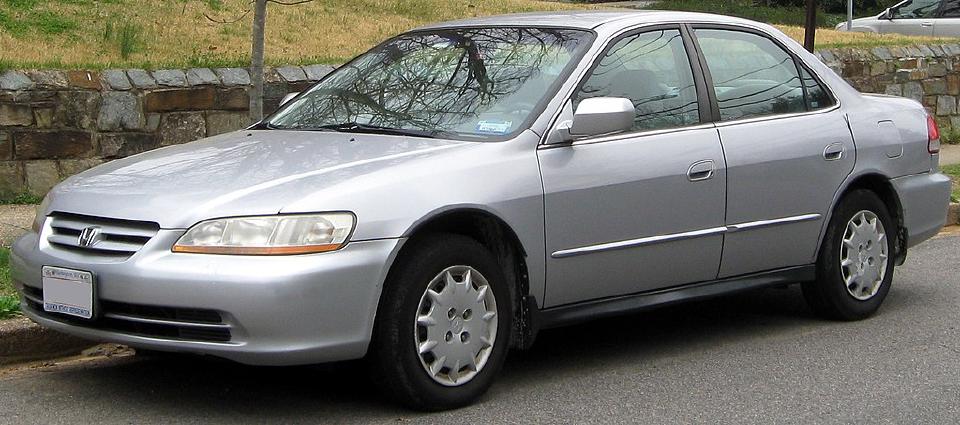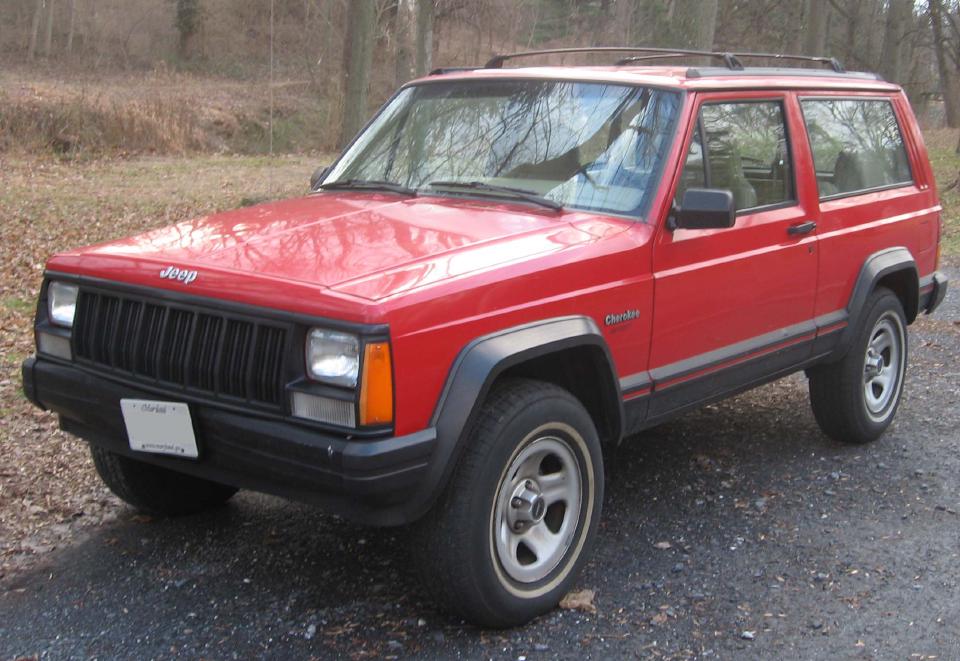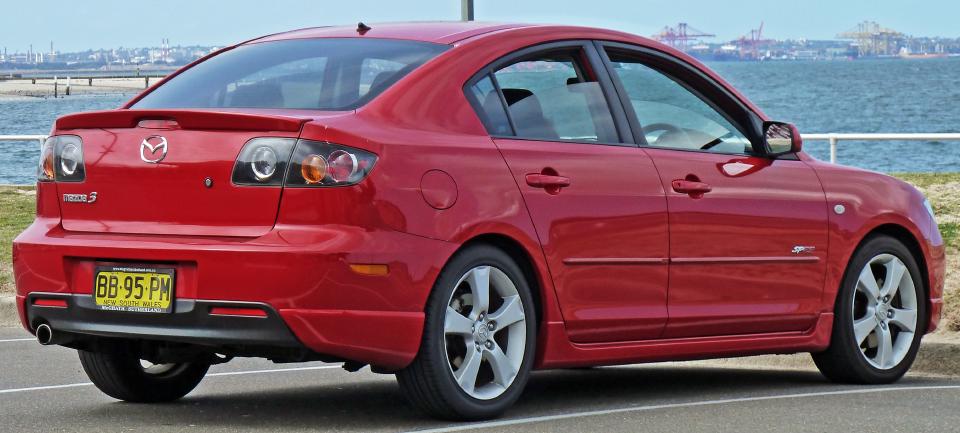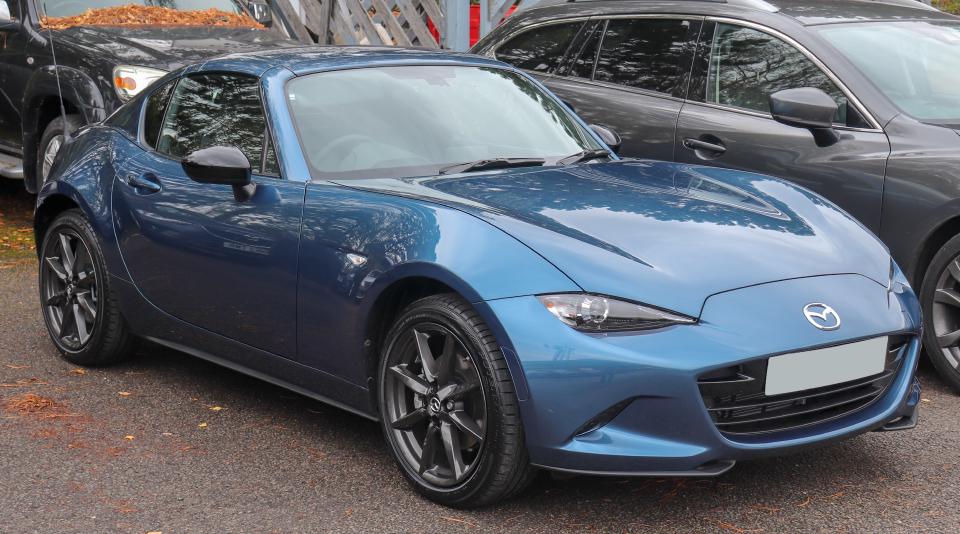Cars
Saturday, December 31, 20222001 Honda Accord EX V6


The Honda Accord (Japanese: ホンダ・アコード, Hepburn: Honda Akōdo, /əˈkɔːrd/), also known as the Honda Inspire (Japanese: ホンダ・インスパイア, Hepburn: Honda Insupaia) in Japan and China for certain generations, is a series of cars manufactured by Honda since 1976, best known for its four-door sedan variant, which has been one of the best-selling cars in the United States since 1989. The Accord nameplate has been applied to a variety of vehicles worldwide, including coupes, station wagons, hatchbacks and a Honda Crosstour crossover.
Since its initiation, Honda has offered several different car body styles and versions of the Accord, and often vehicles marketed under the Accord nameplate concurrently in different regions differ quite substantially. It debuted in 1976, as a compact hatchback, though this style only lasted through 1989, as the lineup was expanded to include a sedan, coupe, and wagon. By the sixth-generation Accord at the end of the 1990s, it evolved into an intermediate vehicle, with one basic platform but with different bodies and proportions to increase its competitiveness against its rivals in different international markets. For the eighth-generation Accord released for the North American market in 2007, Honda had again chosen to move the model further upscale and increase its size.[1] This pushed the Accord sedan from the upper limit of what the U.S. Environmental Protection Agency (EPA) defines as a mid-size car to just above the lower limit of a full-size car,[2] with the coupe still rated as a mid-size car. In 2012, the ninth-generation Accord sedan, with smaller exterior dimensions, was once again classified as a mid-size car at 119 cubic feet (3.4 m3), falling just shy of the “Large Car” classification. However, the tenth-generation Accord sedan, with similar exterior dimensions, returned to full-size car status with its combined interior space of 123 cubic feet (3.5 m3); the coupe was discontinued in 2017.
In 1982, the Accord became the first car from a Japanese manufacturer to be produced in the United States when production commenced in Marysville, Ohio at Honda’s Marysville Auto Plant. The Accord has achieved considerable success, especially in the United States, where it was the best-selling Japanese car for sixteen years (1982–97), topping its class in sales in 1991 and 2001, with around ten million vehicles sold.[3] Numerous road tests, past and present, rate the Accord as one of the world’s most reliable vehicles.[4] The Accord has been on the Car and Driver 10Best list a record 36 times.[5]
In 1989, the Accord was the first vehicle sold under an import brand to become the best-selling car in the United States.[6] As of 2020, the Accord has sold more than 18 million units.[7]
1996 Jeep Cherokee Classic

The Jeep Cherokee (XJ) is a sport utility vehicle manufactured and marketed across a single generation by Jeep in the United States from 1983 through 2001 — and globally through 2014. It was available in two- or four-door, five-passenger, front engine, rear- or four-wheel drive configurations.
Sharing the name of the original, full-size Cherokee SJ model, the 1984 XJ Cherokee was Jeep’s first all-new design since the 1963 SJ Wagoneer, as well as the first American off-road vehicle built with fully integrated body-and-frame (unibody) design,[5][6] and formed the mechanical basis for the Jeep Comanche (MJ) pickup truck (1985–1992).
Jeep marketed XJs as Sportwagons, precursor to the modern sport utility vehicle (SUV), before that term was used.[7][8] The XJ is credited for spawning competitors, as other automakers noticed the design cannibalizing sales from regular cars,[9] supplanting the role of the station wagon and transforming the vehicle type “from truck to limousine in the eyes of countless suburban owners,"[10] though GM had also launched road-biased, RWD and 4WD compact SUVs, the Chevrolet S-10 Blazer and GMC S-15 Jimmy, one year earlier, initially available in 2-door form only.[11][12]
The 2007 book Jeep Off-Road called the XJ a “significant link in the evolution of the 4x4."[13] In 2011 Kiplinger magazine selected the XJ as one of the “cars that refuse to die."[14] Automotive journalist Robert Cumberford, writing for Automobile, called the Jeep XJ one of the 20 greatest cars of all time — for its design, and “possibly the best SUV shape of all time, it is the paradigmatic model to which other designers have since aspired."[10]
2004 Mazda 3 S

The Mazda3 (known as the Mazda Axela in Japan (first three generations), a combination of “accelerate” and “excellent”[4]) is a compact car manufactured by Mazda. It was first introduced in 2003 as a 2004 model, replacing the Familia/323/Protegé in the C-segment.
The second-generation Mazda3 for the 2009 model year was unveiled in late 2008, with the sedan premiering at the Los Angeles Auto Show and the hatchback at the Bologna Motor Show. For the 2012 model year, Mazda began offering the Mazda3 with their newly-developed Skyactiv technology, including a more rigid body, a new direct-injection engine, and a new 6-speed transmission.[5]
The third generation was introduced in mid-2013 as a 2014 model year. The third-generation model is the first Mazda3 to adopt the “Kodo” design language and a more complete Skyactiv range of technologies.
The fourth-generation Mazda3 for the 2019 model year was unveiled in November 2018 at the Los Angeles Auto Show. For the 2019 model, the all-new Mazda3 is equipped with the updated Skyactiv technologies, including a spark-controlled compression ignition engine marketed as the Skyactiv-X.[6][7]
A performance-oriented version of the Mazda3 was marketed until 2013 as the Mazdaspeed3 in North America, Mazdaspeed Axela in Japan, and the Mazda3 MPS in Europe and Australia.
The Mazda3 became one of Mazda’s fastest-selling vehicles, with cumulative sales in January 2019 of over 6 million units.[6]
2013 Mazda MX-5 RF

The Mazda MX-5 is a lightweight two-passenger roadster sports car manufactured and marketed by Mazda with a front mid-engine, rear-wheel-drive layout. The convertible is marketed as the Mazda Roadster (マツダ・ロードスター, Matsuda Rōdosutā) or Eunos Roadster (ユーノス・ロードスター, Yūnosu Rōdosutā) in Japan, and as the Mazda Miata (/miˈɑːtə/) in the United States, and formerly in Canada, where it is now marketed as the MX-5 but is still commonly referred to as Miata.
Manufactured at Mazda’s Hiroshima plant, the MX-5 debuted in 1989 at the Chicago Auto Show and was conceived and executed under a tightly focused design credo, Jinba ittai (人馬一体), meaning “oneness of horse and rider”. Widely noted for its small, light, technologically modern, dynamically balanced and minimally complex design, the MX-5 has frequently been called a spiritual successor to 1950s and ’60s Italian and British roadster sports cars. The Lotus Elan was used as a design benchmark.
Generations were internally designated with a two-letter code, beginning with the first generation, the NA. The second generation (NB) launched in 1998 for MY 1999; followed by the third generation (NC) in 2005 for MY 2006, and the fourth generation (ND) in 2015 for MY 2016.
As the best-selling two-seat convertible sports car in history,[1] the MX-5 has been marketed globally, with production exceeding one million, as of early 2016.[2] The name miata derives from Old High German for “reward”.[3][N 1]